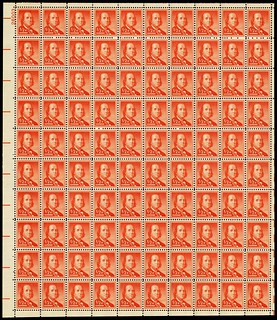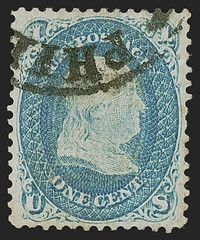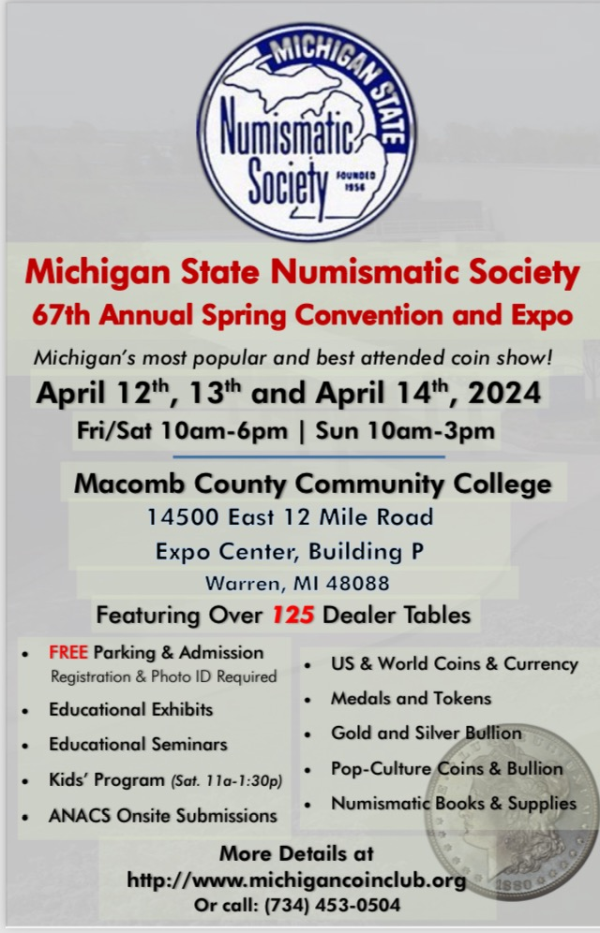
PREV ARTICLE
NEXT ARTICLE
FULL ISSUE
PREV FULL ISSUE
ON THE STATE OF STAMP COLLECTINGLast week, Fred Holabird discussed the state of the collectibles market, including stamps and First Day Covers. -Editor Fred Liberatore writes:
"I once bought some uncanceled stamps from a coin dealer at half face value. He remarked that "Stamps are like cockroaches, hard to get rid of." I regard uncanceled stamps as an interest free loan to the Post Office which comes due when I lick-'em and stick-'em." Fred Holabird responds: "I also mentioned covers, but stamps as well, as long as they have certs or are rare. I did not comment on shows. Stamp shows have been weak for decades. But our market is very strong in:
"Our weak market is for COMMON stamps and commemoratives. I agree on the statement about common material by the sheet at a fraction of their face value. I do think that the government SHOULD BUY BACK UNUSED SHEETS at face. "First day covers are common in the millions, but we still sell them, hundreds at a time. Look at the auction results." Rare items usually stay that way. Common items are common forever. While I agree that it would be great if the USPS would buy back its unused stamps, I can't see that ever happening because of the personnel and training costs involved - employees would have to learn to recognize the gazillions of previously published stamps, do the math to add up their face value, and be on guard for counterfeits. Look at what happened to the U.S. Mint when it paid to buy back mutilated coins - counterfeiters came along and amp'd up the volume. It would be too tempting a crime. Plus, the original buyers knew the only way they would be ensured of getting their money's worth would be to use the stamps as intended - for postage. As collectors, they were speculating that their value would go up. It didn't work out that way. How many original uncirculated rolls of state quarters have ended up in circulation? For a look at the opposite end of the stamp market, here's a recent New York Times article about what could become the most expensive U.S. stamp ever sold. -Editor
But he was talking about his huge portfolio of postage stamps, and Charles Shreve — a stamp dealer who built Gross's collection for him — has spent years carrying out the sell order.
The sell-off will conclude in New York with a sale that will feature a tiny 1-cent stamp from 1868 — a used stamp with a silhouette of Benjamin Franklin that is partly blocked by the curve of the postmark. It is known among collectors as the The auction house that will sell it on June 14 is predicting that it will go for $4 million to $5 million. That would make it the most valuable U.S. postage stamp. It would still trail the 1-cent magenta from British Guiana, which sold for $8.3 million in 2021.
The Z-grill is one of only two such stamps known to exist. The other has been owned by the New York Public Library since the 1920s. They were apparently the only survivors from among thousands printed. The others were thrown away, having been sent by
To read the complete article, see:
To read the earlier E-Sylum article, see:
Wayne Homren, Editor The Numismatic Bibliomania Society is a non-profit organization promoting numismatic literature. See our web site at coinbooks.org. To submit items for publication in The E-Sylum, write to the Editor at this address: whomren@gmail.com To subscribe go to: https://my.binhost.com/lists/listinfo/esylum All Rights Reserved. NBS Home Page Contact the NBS webmaster 
|


